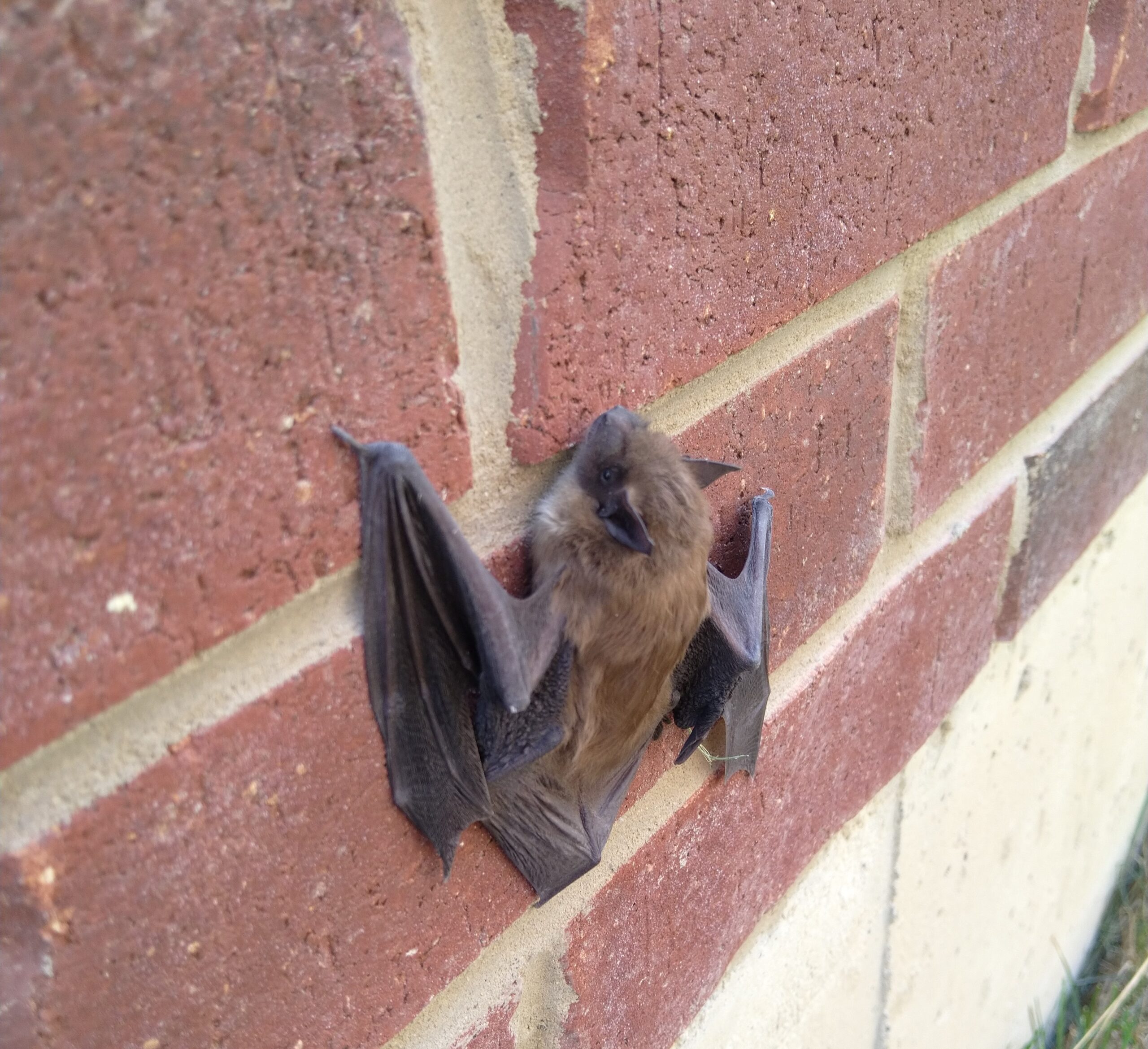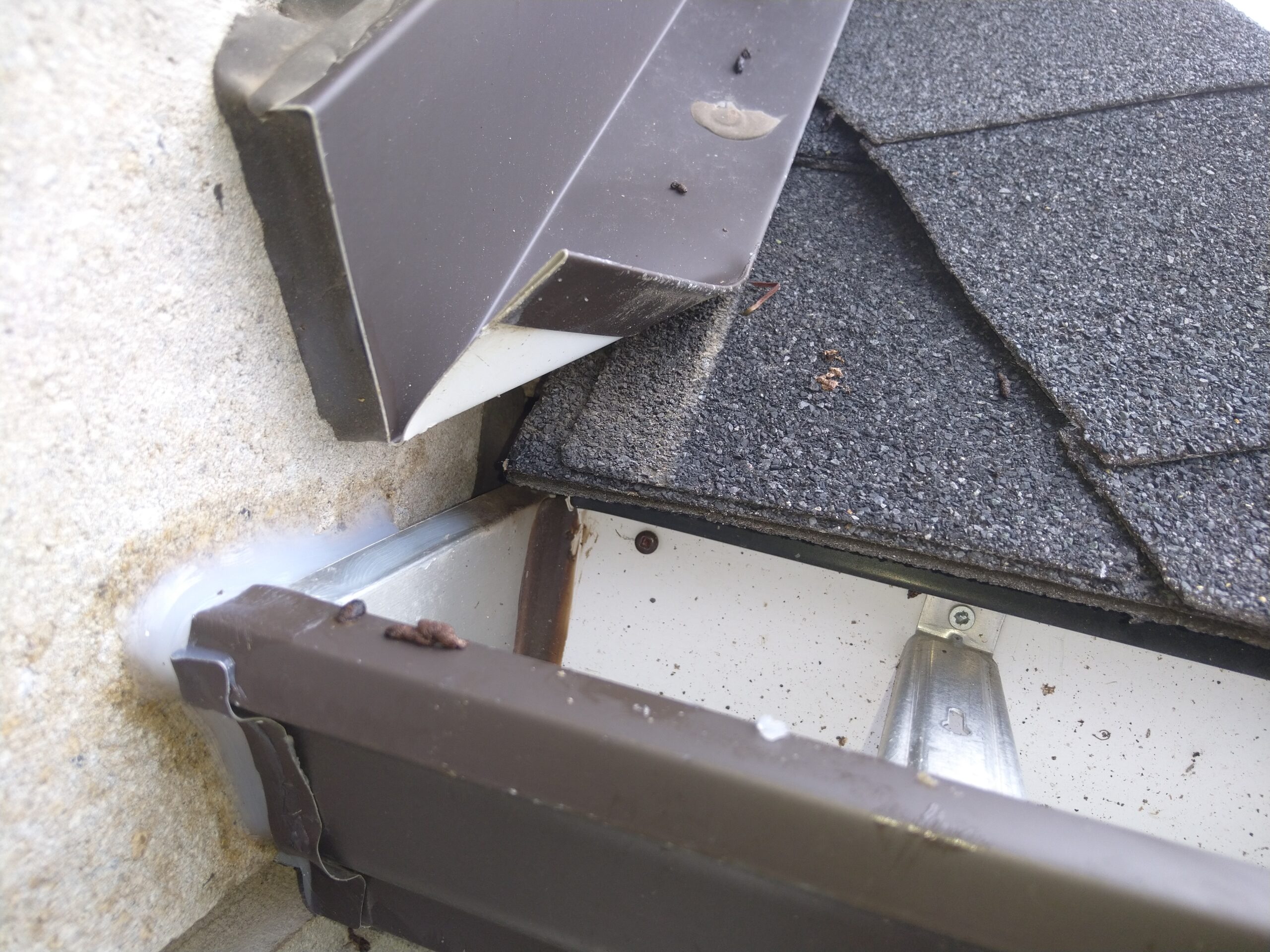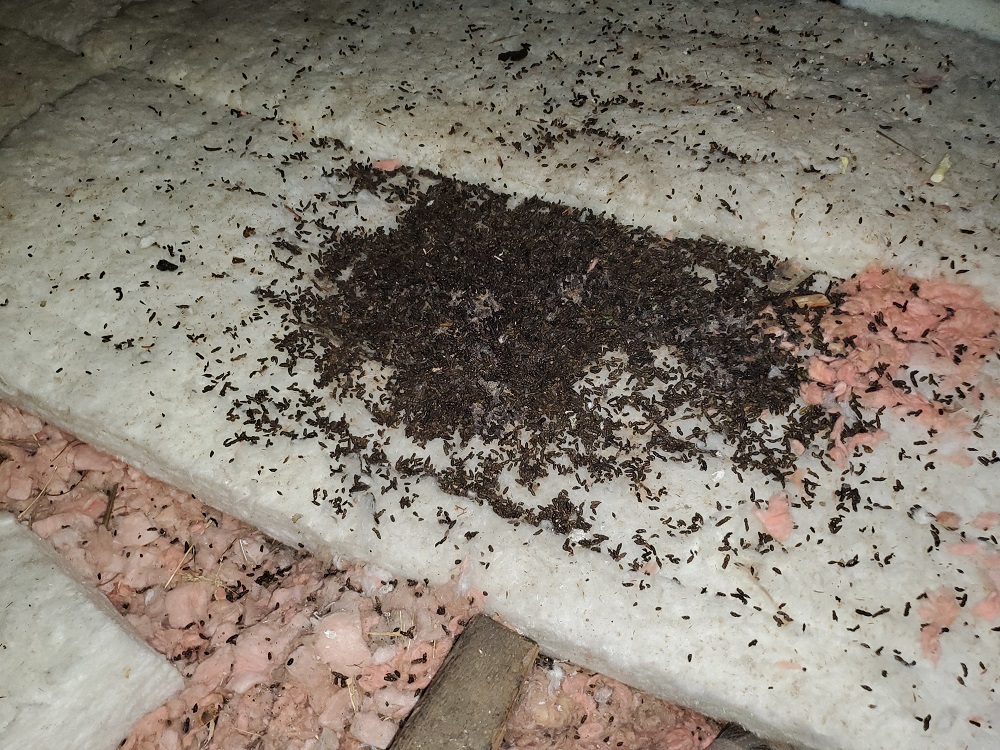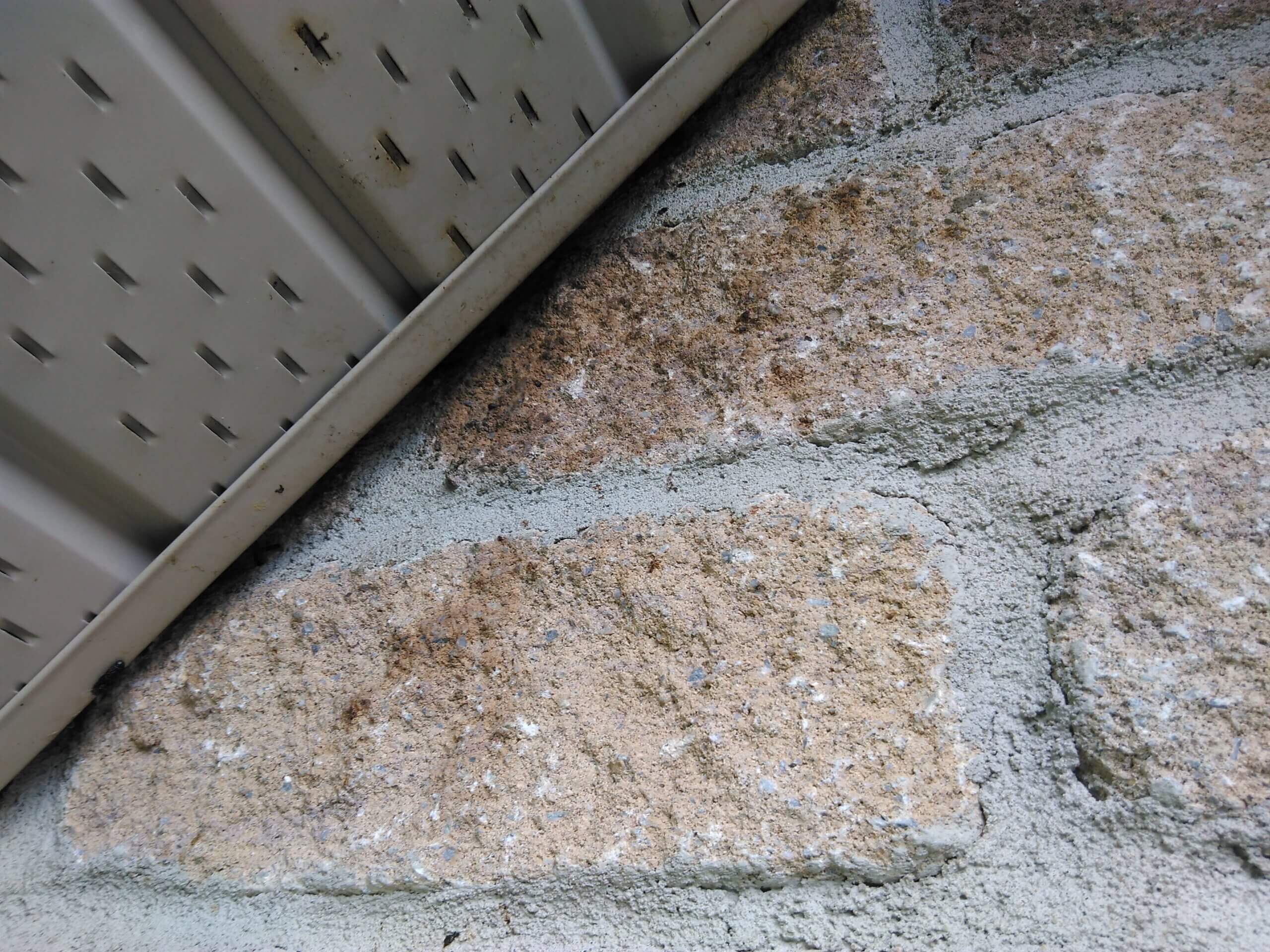
How Do Bats Get Into My Attic?
Most often bats find their way into homes through cracks and crevices in building materials. Their small size makes it easy for bats to tuck themselves into even the smallest of gaps. They can squeeze through holes as small as 6 millimeters or about the size of a dime. Once inside the structure, bats will roost in attics and between walls. Many homeowners dealing with a bat problem will inspect their attics expecting to see them hanging from the rafters. The truth is that in most cases their exact location inside the home is far more difficult to determine as they are more likely to be found in soffits, walls and below insulation.
For this reason, a quick look inside your attic from the top of a ladder is usually not enough to determine the presence of bats. There are other ways to know if there are bats nesting on your wall or attic.
- Look for small holes in the structure of your walls, which can be signs of entry.
- Listen for strange sounds like screeching, chattering, or scratching.
- Detect them by smell; their droppings and other remains emit a certain smell, similar to those or rats and gerbils.
SIGNS THAT BATS HAVE GAINED ACCESS TO YOUR ATTIC
Bats are the only mammal capable of true flight and therefore are most likely to enter a home above or along the roof, often in areas that are difficult to see from the ground or access safely. Their physical makeup means that they are able to slide themselves into very small openings. To help them do so, a bat’s fur is very oily. Bats use odour and scent cues to help guide them and other members of the colony to their exit and entry points. Over time, repeated entry and exits from the same space on a home will produce grease stains on building materials. It is critical to identify all entry points
Droppings or guano, are also a tell-tale sign of a bat infestation. Bats leave droppings behind everywhere they go. They can be found throughout attics, soffits and walls where bats roost as well as on exterior walls and on roofs where bats enter. An accumulation of bat droppings is often an excellent indicator of a nearby entry point.
Bat guano appears slightly larger in size as compared to mouse droppings. Apart from size, bat guano can be differentiated from mouse droppings by texture. Bats and mice have different diets and as a result bat droppings tend to dry much more quickly and will flake away to dust under any pressure. The tendency for bat droppings to turn to dust and become airborne makes them especially dangerous. Continuous exposure and inhalation of bat droppings and their fungal spores can cause a condition known as histoplasmosis.
WHAT ARE BATS DOING IN MY ATTIC?
Similar to us, bats take the time and effort to search for the perfect home. Since dark and secluded spaces serve as great den sites in their natural environment, bats living in urban landscapes have chosen attics as the best alternative option. Attics provide shelter, warmth and seclusion for humans. During the winter months when bats are hibernating, and during the spring when they are birthing and raising their babies, bats can often be found in attic spaces. During their stay bats will cause a lot of damage, some of the most common problems bats create in an attic are:
STRUCTURAL DAMAGE

A colony of bats urinating and defecating inside your house can create a serious problem. Bat guano tends to remain wet and heavy, so as it lays on wood structures in your attic the process of decay begins. If you rarely access your attic, this means damage may go unnoticed for years.
INSULATION DAMAGE

Bats will move around the attic for better accommodations, spreading their waste throughout. As the waste is spread it destroys the insulation while filling it with bacteria. In some cases, spot cleaning can be done to remove the damaged insulation, but in most cases where a colony has been living in the space for a long period of time, the waste is spread throughout and the insulation must be replaced.
ODOR
Bat urine smells like ammonia. A small colony may not be noticeable, but when an area becomes saturated, the scent is overwhelming. If you smell a strong odor that you can’t identify and hear scratching or screeching sounds in the attic, call our team for a professional assessment.
STAINS

Bat urine is seen on walls as it leaks down from attics. It is an oily substance that leaves streaks on walls and spots on ceilings that are saturated from above. Bat guano stains walls and ceilings and is usually a sign of infestation. A large pile of guano is easy to spot as it covers an attic floor or insulation.
TRUST SKEDADDLE TO GET THE BATS
You don’t have to rely on your instincts and limited know-how in getting rid of bats in your home? Why not let a professional do the job for you? A bat removal specialist can take this off your hands and give you the peace of mind you deserve. As part of our process, Skedaddle always performs a thorough inspection of the attic. Our specialists climb, crawl and crouch through some pretty tight spaces to gain a full understanding of the infestation. Skedaddle’s wildlife specialists are trained to identify potential bat entry points on a home. Bats will leave subtle clues behind as to how they have gained access, often in the form of staining, feces and fur. If you want to know more about how to eliminate bats in your home in a safe and humane way, don’t hesitate to call us at 1-888-592-0387 or schedule a property assessment.
CALL US TODAY
1.888.592.0387
OR
Request for Services



FOLLOW US